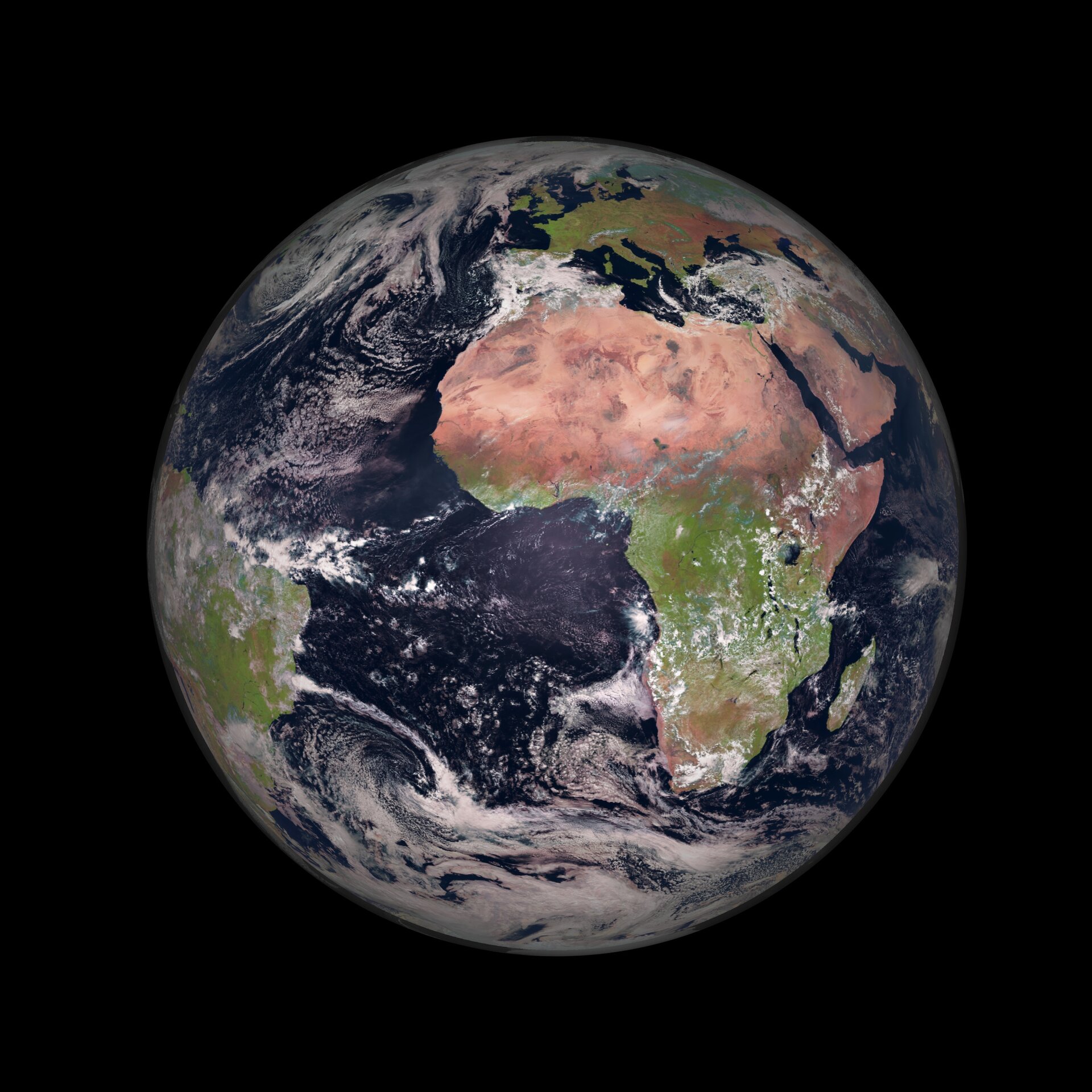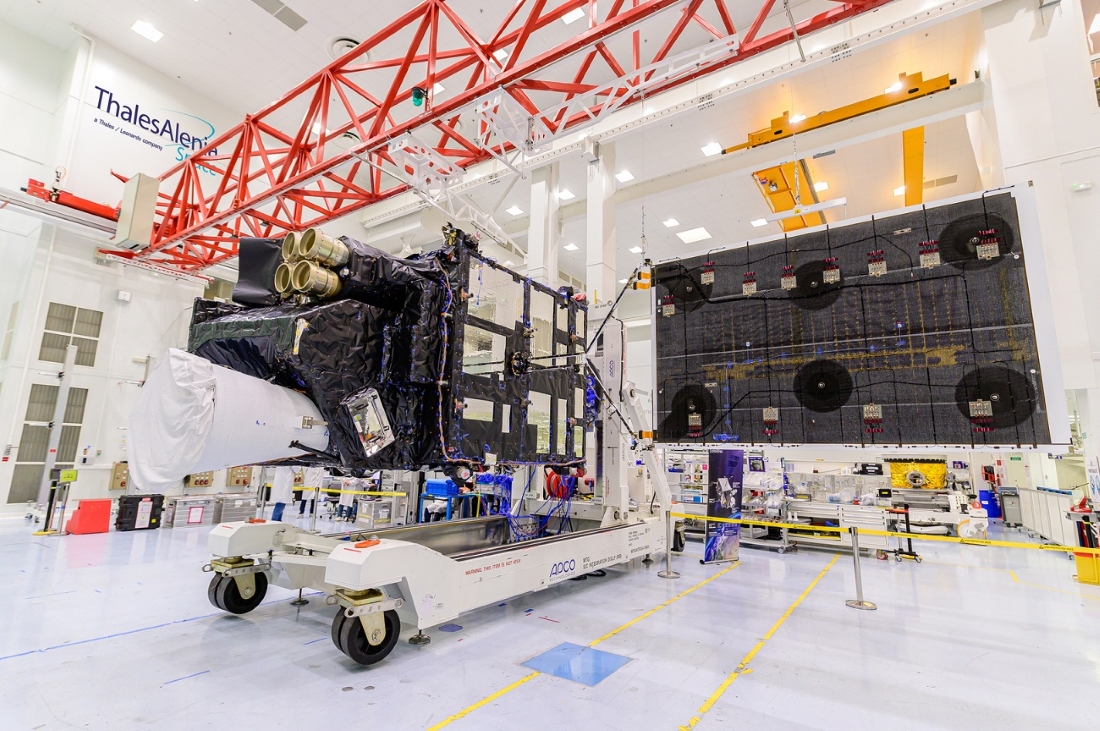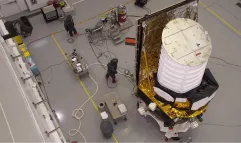Another breakthrough milestone for first Meteosat Third Generation imaging satellite! Successfully launched by Arianespace on December 13, the satellite captured a tremendous first image of the Earth two months ago, using a major Earth observation instrument, the Flexible Combined Imager.

© EUMETSAT & © ESA
Today, the European Meteorological Satellite Organization (EUMETSAT) and the European Space Agency (ESA) have unveiled the first results from Europe’s first lightning detector. Meant to detect lightning strikes over Europe and Africa, the Lightning Imager instrument has been switched on and will be used so as to detect and predict severe storms. EUMETSAT and ESA have released a series of animations showing the Lighting Imager in action. The images are just amazing and represent a real step forward in the field of geostationary meteorology as the instrument will give weather forecasters greater confidence in their predictions of severe storms.
Including four cameras covering Europe, Africa, the Middle-East and parts of South America, the Leonardo-built Lightning Imager detects light pulses produced by cloud-to-ground, cloud-to-cloud and intracloud lightning flashes. The instrument captures 1,000 images per second, day and night, detecting even a single lightning bolt faster than the blink of an eye.
© EUMETSAT
One has to know that severe storms are often preceded by abrupt changes in lightning activity. By observing these changes, the instrument will provide weather forecasters with even more additional confidence in their forecasts of severe storms, as explains EUMETSAT Director-General Phil Evans. Combining the data from the Flexible Combined Imager to the ones of the Lightning Imager will increase the accuracy of weather forecasting. Meteorologists will be able to track and anticipate the development of severe storms, and warn the concerned authorities much in advance.
Thales Alenia Space, MTG prime contractor, built the imaging instrument, the Flexible Combined Imager, and integrated the MTG-I1 satellite, for which OHB supplied the platform and the telescope. The Lightning Imager was developed by Leonardo.
The data from the Lightning Imager will be available for operational use in 2024.
MTG at a glance

© Thales Alenia Space / Imag[IN]
This first satellite in the MTG family will be joined by three other imaging satellites (MTG-I) and two atmospheric sounding satellites (MTG-S), to be launched between 2025 and 2033, forming a constellation in geostationary orbit. Operated by EUMETSAT, this system marks a significant advance in the monitoring of extreme meteorological events. Meteorologists are eagerly awaiting these new satellites, which will significantly improve weather forecasting to revolutionize modern meteorology. The imaging models are fitted with lightning detectors, while the sounders will be able to provide 3D maps of the atmosphere. Once all satellites are in orbit, EUMETSAT will offer the world’s most sophisticated weather forecasting services.


